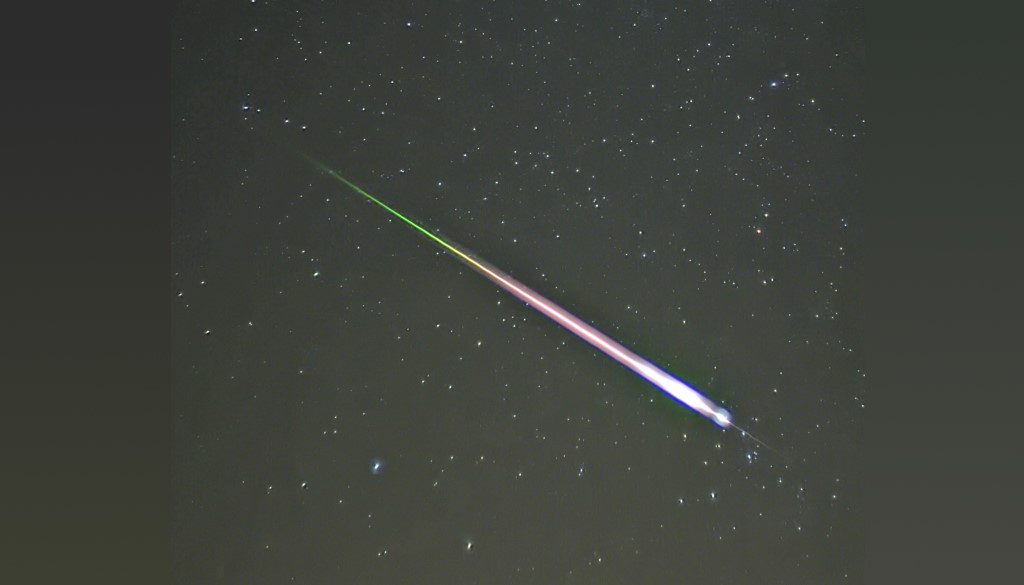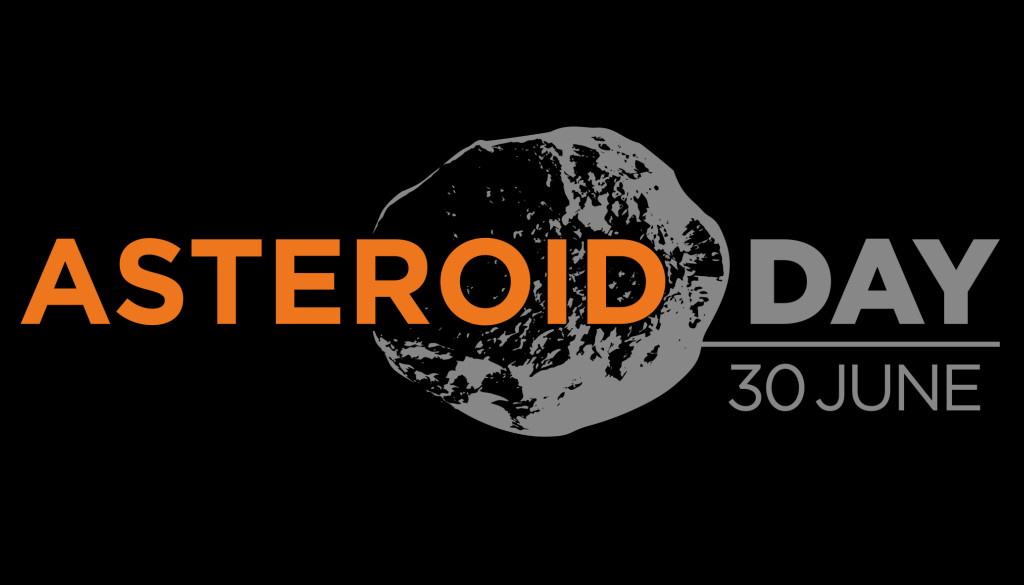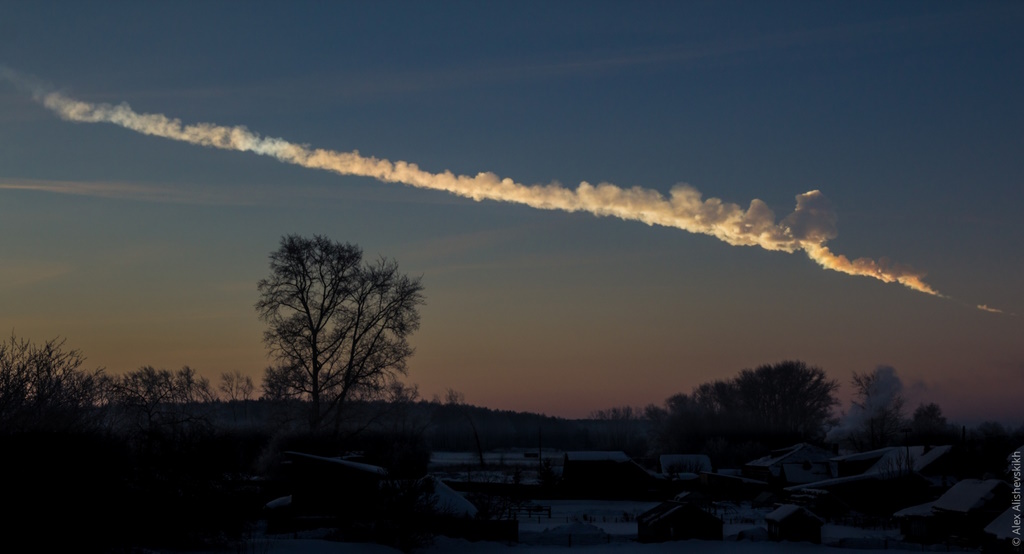Active: from November 3rd to December 2nd, 2021
Peak: Nov 17-18
The Leonids are best known for producing meteor storms in the years of 1833, 1866, 1966, 1999, and 2001. These outbursts of meteor activity are best seen when the parent object, comet 55P/Tempel-Tuttle, is near perihelion (closest approach to the sun). Yet it is not the fresh material we see from the comet, but rather debris from earlier returns that also happen to be most dense at the same time. Unfortunately, it appears that the earth will not encounter any dense clouds of debris until 2099. Therefore, when the comet returns in 2031 and 2064, there will be no meteor storms, but perhaps several good displays of Leonid activity when rates are in excess of 100 per hour. The best we can hope for now until the year 2030 is peaks of around 15 shower members per hour and perhaps an occasional weak outburst when the earth passes near a debris trail. The Leonids are often bright meteors with a high percentage of persistent trains.
Shower details – Radiant: 10:17 +21.6° – ZHR: 15 – Velocity: 43.5 miles/sec (swift – 70km/sec) – Parent Object: 55P/Tempel-Tuttle
Data from the American Meteor Society.
Interactive animation: MeteorShowers.org.




